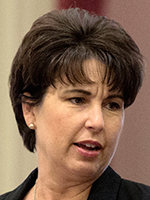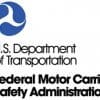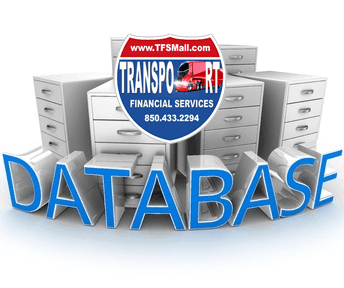California Gov. Gavin Newsom Signs Heavy-Duty Truck Smog Inspection Program Bill Into Law
 Calif. Gov. Gavin Newsom by Rich Pedroncelli/Associated Press
Calif. Gov. Gavin Newsom by Rich Pedroncelli/Associated PressDemocratic Gov. Gavin Newsom has signed into law a bill that directs the California Air Resources Board and other state agencies to develop and implement a new smog inspection program for heavy-duty diesel on-road trucks.
The inspection and maintenance program would begin with a two-year pilot program to develop and demonstrate technologies that show potential for bringing heavy vehicles more than 6 years old and with a gross vehicle weight of more than 14,000 pounds into a permanent testing program similar to one already in place for cars.
“Just as car owners have to get their own personal cars ‘smog checked’ every two years, so too should truck operators be required to maintain their emissions controls so that we can ensure long-lasting air quality improvements here in California,” Democratic state Sen. Connie Leyva, author of the bill, said in a statement. “With Governor Newsom’s signature, SB 210 reinforces California’s leadership on improving air quality and public health, while also leveling the playing field for law-abiding truck owners and operators in our state.”

The new law would authorize CARB to assess a fee and penalties as part of the program and would create the Truck Emission Check Fund, which would be available upon appropriation by the legislature to the state board for “the regulatory purposes of the program.”
Mike Tunnell, California-based director of energy and environmental affairs for American Trucking Associations, said the future system would eventually sunset the current program requiring motor carriers to conduct annual smoke tests and replace it with a program that is more emissions-based.
“What that will look like is still to be determined,” Tunnell said.
But CARB is hoping to accomplish the goals of the new law with an emissions-testing program that would not have to follow the station-based model of the smog check program currently used for cars.
Instead, the agency has been working on a program concept that could be based on the use of telematics and other data collection and submission tools to enable the inspection process from the vehicle’s location, officials have said in discussion documents.

One potential program design concept couples periodic on-board diagnostics system checks as the primary test method with on-road emissions monitoring that would use remote sensing devices and plume capture systems to identify high emitters and verify program effectiveness.
The program should be designed to ensure both in-state and out-of-state vehicles have adequate methods to demonstrate compliance with program requirements, according to CARB.
Currently, there is no smog check-type program for heavy-duty vehicles to ensure their emissions control systems are functioning properly and repaired in a timely manner, according to CARB.
CARB’s current Periodic Smoke Inspection Program requires diesel and bus fleet owners to conduct annual smoke opacity inspections and maintain records of the tests, and repair those vehicles with excessive smoke emissions to ensure compliance. In addition, CARB randomly audits fleets, reviews maintenance and inspection records, and tests a representative sample of vehicles. A fleet owner that neglects to perform the annual smoke opacity inspection on applicable vehicles is subject to a penalty of $500 per vehicle per year.
CARB officials say that even with modern emissions controls and on-board diagnostics monitoring systems, 2019 estimates indicate that heavy trucks contribute approximately 58% of the statewide on-road mobile source oxides of nitrogen emissions and about 82% of the statewide on-road mobile source particulate matter emissions. Some of these emissions are attributed to broken or failing emissions-related equipment.
Approximately 12 million residents across California live in communities that exceed federal ozone and PM standards, according to state environmental officials. Increased exposure to harmful emissions has been directly associated with serious health impacts, particularly for the elderly, small children and people with pre-existing respiratory issues, it said.
“There’s work to be done on a new system,” Tunnell said. “Hopefully with the telematics on the truck, something can be designed that is less intrusive than what most of us know as a smog test program.”








